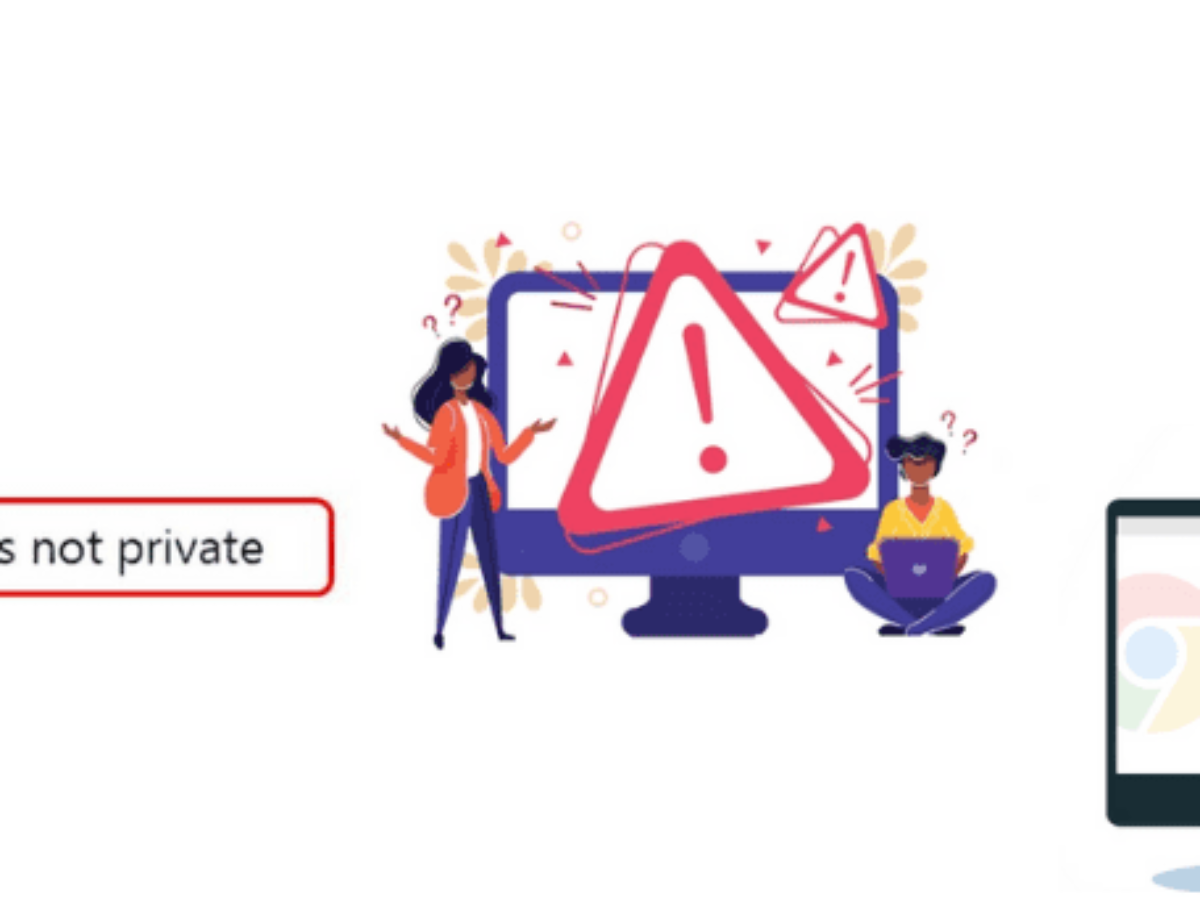

- How to fix insecure connection in internet explorer how to#
- How to fix insecure connection in internet explorer upgrade#
Go to an HTTPS-enabled website and click on the Padlock Icon of the address bar.Ī dropdown will appear where you can see the name of the certificate authority (CA) that has issued the SSL certificate.Ĭlick on the Arrow on the right side of the dropdown.Ī pop up will appear where you can view the details of the site’s SSL certificate. You will just see a lock icon instead.Ĭlick on the padlock that shows to the left of the website URL in the address bar to open a bubble displaying the SSL Certificate details. If you are using Chrome 77, now, you won’t see the “company name” next to the lock in the address bar. With the release of Chrome 77 on September 10, 2019, the address bar view in Chrome for EV SSL certificates has undergone a change. It will bring up the certificate window on your screen where you can see details, including subject, a validity period, and algorithms. Visit any SSL-enabled website and click on the gray padlock in the address bar.
How to fix insecure connection in internet explorer how to#
How to view SSL certificate details in Chrome (v.60+) How to view SSL Certificate Details in every browser? #1.


The article further describes the answer in respect of different browsers.īelow we have covered major browsers in which a user can check website certificate details stepwise. It is a wise decision to park your money in an SSL certificate as it secures the website and enhances the website’s reputation.Ī question “ How to View SSL Certificate in Every Browser” might have popped up in anyone’s mind to reveal in-depth and verified certificate details. HTTP sites are flagged as insecure in browsers nowadays. ‘ HTTPS Everywhere’ concept is welcomed by almost all websites and browsers seriously. The online industry is moving towards HTTPS from HTTP due to security and awareness. Learn how to view SSL certificate details in each browser of the website which you are dealing with. Method #2: Send a Content-Security-Policy directive from page source filesĪlternatively, you can use the following meta tag in the source files of your site pages:įor more information about the upgrade-insecure-requests directive, please visit.

Header always set Content-Security-Policy "upgrade-insecure-requests " htaccess file (or files) that you use on your website:
How to fix insecure connection in internet explorer upgrade#
This header instructs web browsers to upgrade insecure requests to HTTPS.įor Apache web servers on Linux, add the following lines to the. To resolve this problem, you can send a Content-Security-Policy HTTP response header. Method #1: Send a Content-Security-Policy response header directly from the web server There are a few ways you can resolve this problem: This problem can occur with any type of hyperlinked resource file: a JavaScript library, a CSS file, etc. As a result, the page contains secure and insecure content, and the browser displays a warning message to the user. If a user requests this page using an connection, the page itself is encrypted, but the hyperlinked image file is not. In this HTML snippet, the hyperlink references a non-secure resource (a. For example, consider a web page that contains the following HTML snippet: This problem occurs because a web page contains hyperlinks to insecure elements. These resources can be viewed by others while in transit, and can be modified by an attacker to change the look of the page.” However, this page includes other resources which are not secure. “Your connection to is encrypted with 256-bit encryption. This webpage contains content that will not be delivered using a secure HTTPS connection, which could compromise the security of the entire webpage.” “Do you want to view only the webpage content that was delivered securely? “The connection to this website is not fully secure because it contains unencrypted elements (such as images).” Additionally, they may receive a warning message in their browser: When visitors to your web site request a page using a secure connection, a broken padlock icon may appear in the web browser's location bar. This article describes an issue that occurs when visitors to your web site request a secure web page that contains insecure elements.


 0 kommentar(er)
0 kommentar(er)
